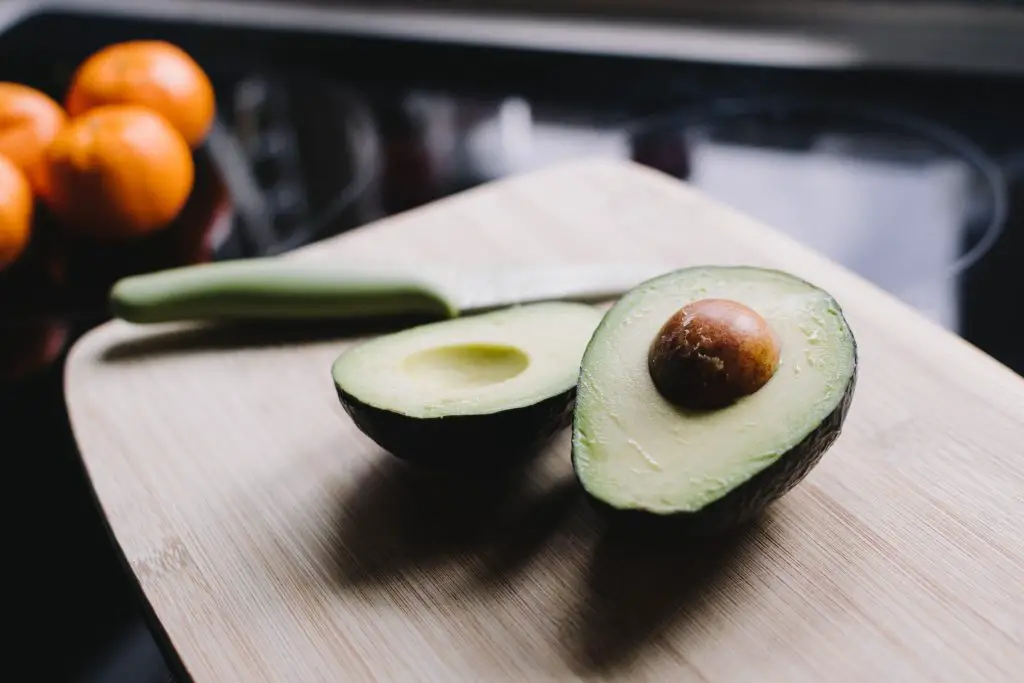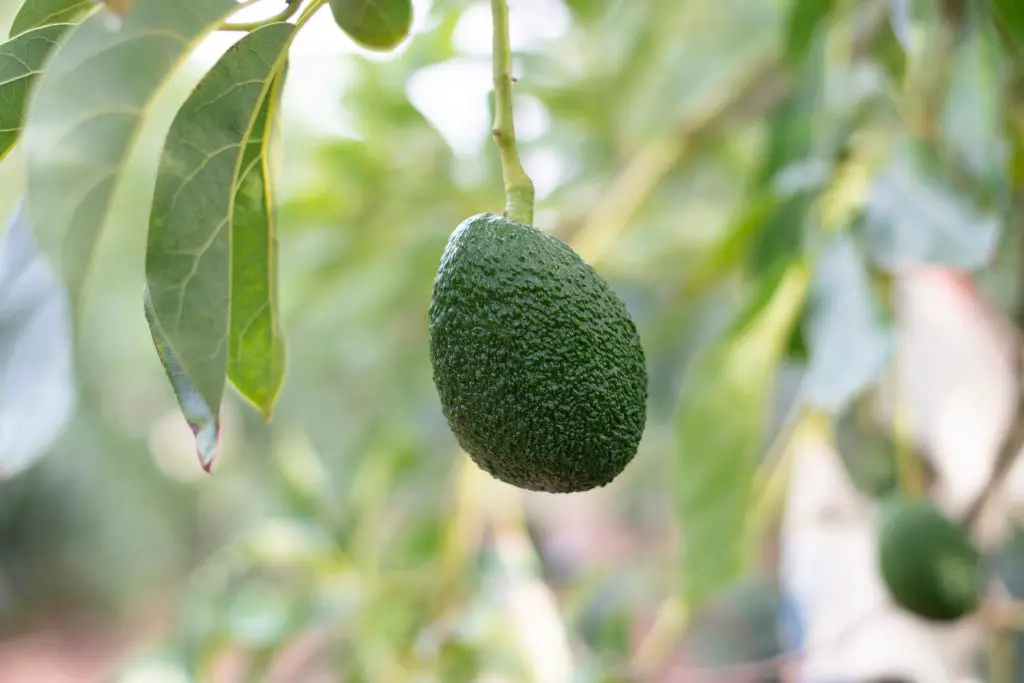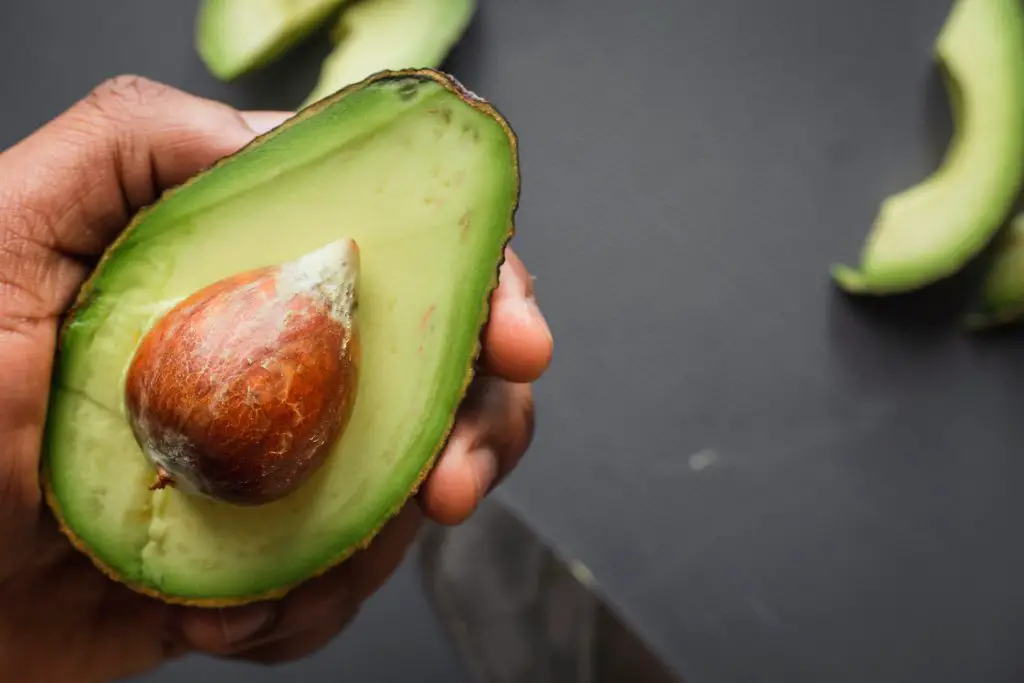What Time Of Year Do Avocado Trees Bear Fruit? Avocados are one of the most popular fruits in the world. They are a member of the Lauraceae family, along with cinnamon, camphor, and bay leaves. They thrive in relatively warm climates and are typically suited to tropical environments and do best in zones 9 to 11.
The time of year that the Avocado Trees produce fruit is largely dependent upon the variety that is selected. The majority of varieties produce fruit that is ready to harvest from late winter to early summer. However, this harvest period can be extended beyond this period as the fruit of many varieties can remain ready on the tree for several months.
Avocados are harvested as unripe fruit that takes 6-8 weeks to ripen indoors. To further extend the harvest period the conditions indoors can be manipulated to accelerate or slow down the ripening process.
A table with a list of common varieties and their harvest season in the northern hemisphere is provided in the table below.
| Variety | Season |
| Anaheim | June – September |
| Bacon | November – March |
| Bonita | September – November |
| Corona | June – August |
| Daily | September – November |
| Duke | September – November |
| Dickinson | May – October |
| Edranol | April – July |
| Fuerte | November – June |
| Hass | April – October |
| Hellen | June – September |
| Jim | October – January |
| Mac Arthur | July – October |
| Mesa | May – July |
| Nabal | June – September |
| Pinkerton | December – April |
| Reed | July – October |
| Rincon | April – June |
| Ryan | May – June |
| Santana | September – February |
| Zutano | October – March |

What Type Of Avocados Are There?
There are two types of avocados: Type-A and Type-B which refer to their flower type. Both types of flowers contain male and female reproductive organs that allow the plant to behave as both male and female flowers at different times. The flower has a two-day cycle, during the first day it is female, and on the second day, it becomes male.
Type-A Avocado flowers appear as female flowers in the morning of the first day and then close and reopen the following afternoon as male flowers. Whereas Type-B flowers open as females in the afternoon then convert to male flowers the following morning. A summary of the cycle is given below.
| Flower type | Day 1 Morning | Day 1 Afternoon | Day 2 Morning | Day 2 Afternoon |
|---|---|---|---|---|
| A | female | closed | closed | male |
| B | closed | female | male | closed |
Avocado trees produce masses of flowers to ensure that they can self-pollinate however the presence of both Type-A and Type-B trees will significantly enhance the size of the crop due to the improved rate of pollination. A list of common Avocado varieties and their type is provided in the table below.
| Flower Type A | Flower Type B |
|---|---|
| Anaheim | Bacon |
| Gwen | Edranol |
| Hass | Ettinger |
| Hazzard | Fuerte |
| Lamb Hass | Llanos Hass |
| Pinkerton | Nabal |
| Reed | Nobel |
| Rincon | Sharwil |
| Wurtz | Shepard |
| — | Zutano |
Apart from the difference in flowering behaviour, there are other differences. Type-A avocados grow to be about six inches in length while type-B avocados grow to be about eight inches long. Additionally, Type-A avocados have smooth skin which turns from green to black as they ripen whereas Type-B has rough skin that darkens in colour from green to purple as it ripens.

How To Grow Avocado Trees
Avocado trees can be grown from seed or purchased as a grafted fruit trees. Grafted trees will produce fruit much more quickly than growing trees from seed. Trees grown from an Avocado pit are not likely to produce fruit until the tree is around 10 years old whereas a grafted tree from a nursery or garden center, should begin to produce fruit after three or four years in most cases.
How To Grow Avocado From Seed
Growing an avocado from seed is a fairly simple process. It’s perfect for those of us who are looking to plant something outside the norm and provide some light education at home or in classrooms. As long as you take care to follow directions carefully, this project should be well within your skillset!
Step 1: Start by removing the pit of an Avocado. The best way to do it is by cutting around the circumference of the avocado and twisting the two halves of the avocado in opposite directions to separate them. To remove the pit without damaging to scoop out all of the flesh surrounding the pip. Wash the pipe thoroughly to remove any remaining flesh from the surface.
Step 2: Identify the top and bottom of the Avocado Pits. Avocado pits come in a variety of shapes, sizes, and colors. Some are oblong while others look almost like perfect spheres. If the pit has a pointed end it is the top and the flat side is the bottom. In order to get your pit to shoot the bottom end needs to be submerged in water.
Step 3: Insert Toothpicks Into The Seed. Use 3 toothpicks to create a scaffolding for the avocado. This will allow you to rest its bottom half in water, so make sure each of those toothpicks are firmly wedged into it, otherwise, this won’t work.
Step 4: Place The Seed Into Water. Place the seed into a glass of water, using the toothpicks to suspend the seed partially into the water. To see when roots start growing it useful to use a clear glass. It’s is advisable to change the water every five days or so to avoid a build-up of bacteria or algae in the water.
Step 5: Wait for the Seed To Spout. The seed can take anywhere from 4 to 10 weeks for the sprout to appear. You will typically observe the following steps:
- The avocado’s pit will dry out and form a crack, the outer brown seed skin peeling away.
- The crack will extend all way to the bottom of the pit until there is enough room for a small taproot to emerge
- The root will increase in length and in some cases this will result in it poking out of the water.
- It is important that the taproot produced remains submerged in the water as the plant will die if it dries out.
Step 6: Planting the seedling in Soil. When the stem is about 6 inches (15cm) long, reduce its length to 3 inches (8 cm). Wait until the stem has grown to a length of 6 inches (15cm) again and pot the Avocado into a rich humus soil for best results. Leave at least one inch (2-3cm) of the seed exposed above the ground. Place the plant near windows with plenty of sun exposure and water them regularly to ensure the seed remains moist.

Caring For Young Avocado Trees
Avocados are a rainforest plant that grows best in tropical climates with rich loamy soil and plenty of water. The avocados should be planted where they will receive at least 6 hours of full sunlight each day. But when they are young the trees need to protected from direct sunlight on days where there is extreme heat.
Before planting Avocados it is best to improve the soil by adding lots of compost and manure a few weeks before you intend to plant the tree.
Once the soil is prepared it is best to dig a planting hole that is 1 ft wider than the pot the tree is currently in. Hammer a stake into the potting hole before placing the tree in the hole. This avoids the need to add it later and potentially damage the roots.
Position the tree in the hole with the height of the soil being approximately the same level as the soil in the pot. Once you are happy with the position of the tree backfill it with soil to ensuring that the soil is pressed down firmly with the heel of your foot to avoid any potential for air pockets.
Tie the tree to the stake and then water the tree in well ensuring that the soil is thoroughly saturated and apply a thick layer of mulch, 2 to 4 inches thick is ideal.
To ensure that the Avocado tree remains healthy it needs to be watered very regularly to ensure the tree remains moist. The trees will also benefit from fertilization and a yearly application of ammonium sulfate. An application of around 1/2 cup (120 ml) sprinkled around the tree is ideal.
When it comes to pruning a tree, only dead wood should be removed in the spring. However, if you want an avocado tree that is of uniform size and has fruit year-round then regular maintenance will help maintain your desired appearance.
Harvesting and Storing Avocados
Avocados should be picked while they’re still green and hard so that they can ripen properly off of the tree before you eat them. After that, harvest the fruit can be ripened indoors as you need them.
To accelerate the process of ripening Avocados have been stored in a fruit bowl with ethylene-producing fruit such as banana. To test if the Avocados are ready to eat gently squeeze the top of the fruit. If the flesh has some give in them they are ready to eat.
If you want to store them for longer indoors they can be stored in a refrigerator for a few weeks, however, the best place to store them is on the tree itself.
Some avocado varieties hold their fruit satisfactorily for several months, which allows the fruit to be picked as you need them which allows you to make the most of your harvest.
